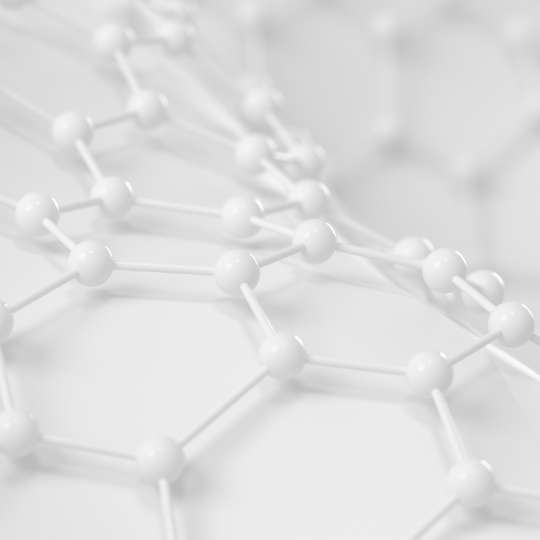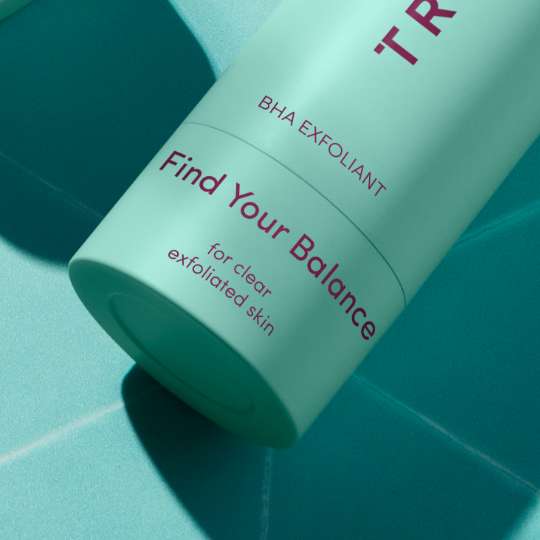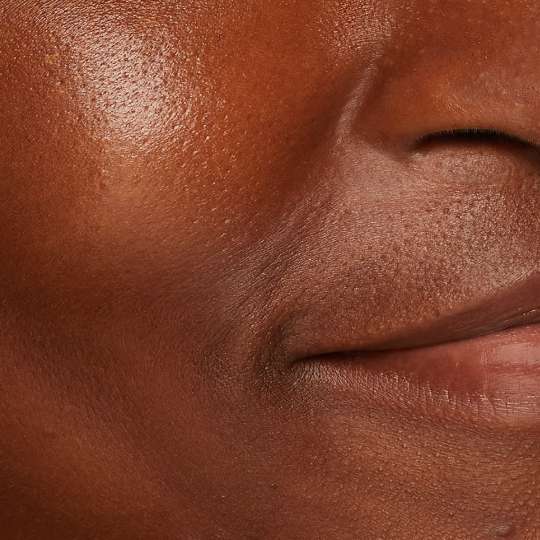

How to stop your spots from leaving scars in the first place
Prevention is always better than cure, and there are ways to help stop spot scars from forming. Acne scars can occur as a result of deep acne lesions like nodules and cysts, as well as more superficial blemishes like whiteheads and blackheads – especially if you’re a picker. In fact, some experts have found that more moderate acne is more likely to lead to scarring.
“If you’re getting very big, deep cysts then you probably need to see a dermatologist because you don’t want to scar the skin,” advises dermatologist Dr Justine Hextall. “That said, if you look at studies, a very high percentage of patients with acne scarring have what we would describe as mild to moderate acne.” Even if your acne is at the milder end of the spectrum, you can still scar.
Clear up breakouts
It’s a game of odds and averages so the fewer spots you have, the less likely you are to be left with scars. Which is why the sooner you can send your acne packing, the better.
Getting on top of your acne is easier said than done. At home, things like making sure you’re cleansing your skin properly, using a beta-hydroxy acid to clear your pores and a retinoid to assist with cell turnover will all help. If your acne is severe (e.g. you have lots of blemishes, you have cystic spots or you have been suffering for a long time) it’s a good idea to seek the advice of a doctor or dermatologist. They will be able to prescribe medical-grade products to help such as topical creams, antibiotics and even, in some cases, the combined contraceptive pill.
Prevent picking
We know, we know, the temptation to pick and squeeze at your spots is huge. It’s a bit like spotting a sale in your favourite shop and resisting the urge to go in. Except the worst that can happen here is not missing out on a bargain, rather leaving your skin with long-term marks or scars.
By prodding at, picking or popping your spots you’re increasing the risk of increasing inflammation and redness. Take it so far as to draw blood, and you’ve created a wound and a far higher likelihood of a scar.
Different types of spot scars
Not all spots leave the same mark. The kind of scarring you have can depend on your skin type and tone, as well as the severity of your breakouts. Types of spot scar include:
Elevated scars
When we cut ourselves, our body sends collagen to the site to help with the repair process. In the case of keloid and hypertrophic scars, it sends too much, resulting in a raised scar. Keloid scars keep growing even after the wound has healed and are most common in darker skin tones.
Depressed scars
The opposite of elevated scars, depressed scars dent inwards, causing dips in the skin. The names of the most common depressed scars reflect their appearance. There are icepick scars, which are deep and narrow and rolling scars which are wider with sloped sides. There are also boxcar scars, which are similar in size to rolling scars but with more defined edges.
Hyperpigmentation
Some spots won’t leave behind elevated or depressed scars, but can leave dark marks. This is caused when the skin malfunctions, making too much melanin (the pigment that gives our skin its colour).
How to get rid of spot scars
It is important to note that before you look into how to get rid of spot scars, you’ll need to get your blemishes under control. “One thing I always say to patients is do not start a scarring treatment until someone has controlled your acne,” says Dr Justine Hextall. “So often I see people in the middle of really expensive treatments for acne scars when they still have active acne. There’s no point in that – you need to switch off the acne first.”
The below list explores available treatments, but seek the advice of a professional to discover which treatment, or combination of treatments, is right for you.
1. Topical treatments
If you want to treat hyperpigmentation marks left behind by spots at home, look to a family of ingredients called tyrosinase inhibitors. These include kojic acid, arbutin, ascorbic acid (vitamin C) and tranexamic acid and work to fade and brighten areas of excess pigmentation. If you’re finding that consistent use isn’t making enough of a difference, a dermatologist may be able to prescribe these ingredients, or similar, at a higher percentage than over-the-counter products.
2. Microneedling
Best carried out in clinic by a trained professional, microneedling can be an effective way to improve depressed scars that are mild to moderate. The needles will create tiny wounds in the skin, causing the body to send collagen to the site, reducing the pitted appearance.
3. Laser
There are two key types of laser: ablative and non-ablative. Ablative lasers take a two-pronged approach, removing the very top layer of skin as well as using heat to stimulate collagen production in the lower levels. Non-ablative lasers only target the lower levels, with no damage to the top, meaning less downtime. Which laser you need will depend on your skin type and level of scarring.
4. Chemical peels
Chemical peels work best on scarring that is not too deep, and can also be used to tackle hyperpigmentation marks on some skin tones. It involves having acid applied to the skin in a controlled way in order to remove the top layers and reveal the fresher, clearer skin beneath. Sometimes small amounts of acid may be placed inside an ice pick scar in-clinic which can help. How long the peel stays on for will depend on the severity of the scarring. The deeper the peel, the longer the downtime with more redness, peeling and discomfort. A careful approach is required when treating post-inflammatory pigmentation, especially in darker skin tones as there is a risk of exacerbating this condition.
5. Dermabrasion
A bit like the mechanical version of a chemical peel, dermabrasion uses a rotating tool to remove the top layers of skin. This triggers collagen production in the skin as it races to heal the wounds. A good choice for scarring on the surface levels.
6. Filler
A short-term fix, filler (the same used for anti-ageing) can be injected into areas of scarring to plump out and lift dips and pits. It won’t last forever, and you’ll need to have the treatment repeated around once every 6-12 months.
7. Steroid injections
If your scars are raised, like hypertrophic or keloid scars, then steroid injections can be used to flatten them. The procedure involves injecting a small amount of steroids directly into the area. This may need to be repeated more than once depending on the size of the scar being treated.
8. Surgical treatments
In the case of acute ice pick or boxcar scars, surgical treatments may be the best course of action. So-called “punch techniques” involve surgically removing either the base of the scar or the entire scar.
Read, watch and be inspired...



